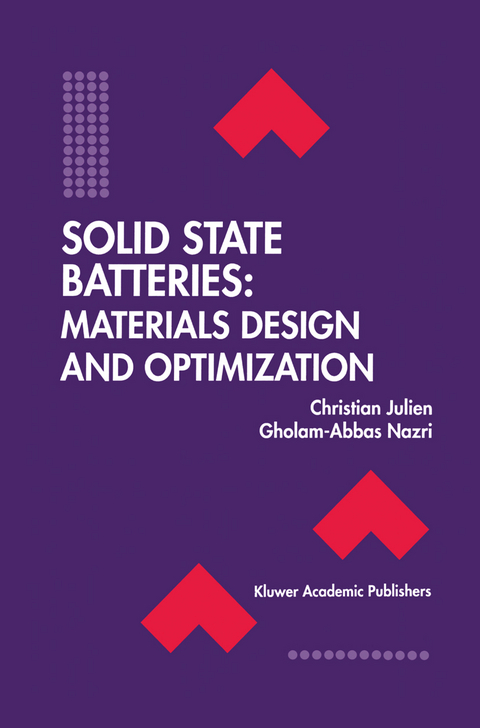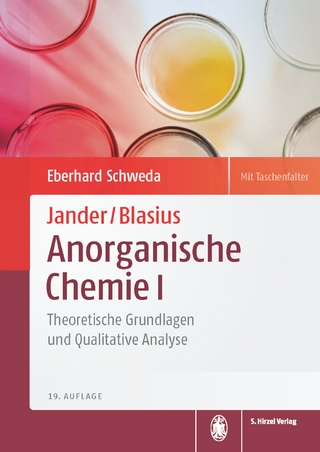
Solid State Batteries: Materials Design and Optimization
Springer-Verlag New York Inc.
978-1-4613-6164-0 (ISBN)
1. Design and optimization of solid-state batteries.- 1. Description of relations in battery operation.- 2. Quality criteria for thin-film materials.- References for chapter 1.- 2. Materials for electrolyte: Crystalline compounds.- 1. Mechanisms of transport in solid electrolytes.- 2. Anionic conductors.- 3. Cationic conductors.- 4. Composite electrolytes.- References for chapter 2.- 3. Materials for electrolyte: Fast-ion-conducting glasses.- 1. Fast-ion-conducting glasses.- 2. Conduction mechanisms in glasses.- 3. Silver-ion-conducting glasses.- 4. Sodium-ion-conducting glasses.- 5. Lithium-ion-conducting glasses.- 6. Glasses with mobile anions.- 7. Structure and optical properties of lithium-borate glasses.- 8. ac conductivity of lithium-borate glasses.- References for chapter 3.- 4. Materials for electrolyte: Thin films.- 1. Synthesis of thin-films of ionic conductors.- 2. Growth and properties of lithium-borate thin-films.- References for chapter 4.- 5. Polymer electrolytes.- 1. Structure and chemistry of polymers.- 2. Electrochemistry of polymers.- References for chapter 5.- 6. Materials for electrodes: Crystalline compounds.- 1. Introduction.- 2. Carbon-based electrodes.- 3. Inorganic chalcogenides.- 4. Inorganic oxides.- 5. Composite electrodes.- References for chapter 6.- 7. Materials for electrodes: Amorphous and thin-films.- 1. Amorphous cathodic materials.- 2. Thin-film cathodes.- References for chapter 7.- 8. Applications of solid-state ionic materials.- 1. Applications of solid-state ionics to batteries.- 2. Lithium metal-free rechargeable batteries.- 3. Microbatteries.- References for chapter 8.
| Reihe/Serie | The Springer International Series in Engineering and Computer Science ; 271 |
|---|---|
| Zusatzinfo | XIII, 629 p. |
| Verlagsort | New York, NY |
| Sprache | englisch |
| Maße | 155 x 235 mm |
| Themenwelt | Naturwissenschaften ► Chemie ► Analytische Chemie |
| Naturwissenschaften ► Chemie ► Physikalische Chemie | |
| Technik ► Elektrotechnik / Energietechnik | |
| ISBN-10 | 1-4613-6164-8 / 1461361648 |
| ISBN-13 | 978-1-4613-6164-0 / 9781461361640 |
| Zustand | Neuware |
| Haben Sie eine Frage zum Produkt? |
aus dem Bereich


